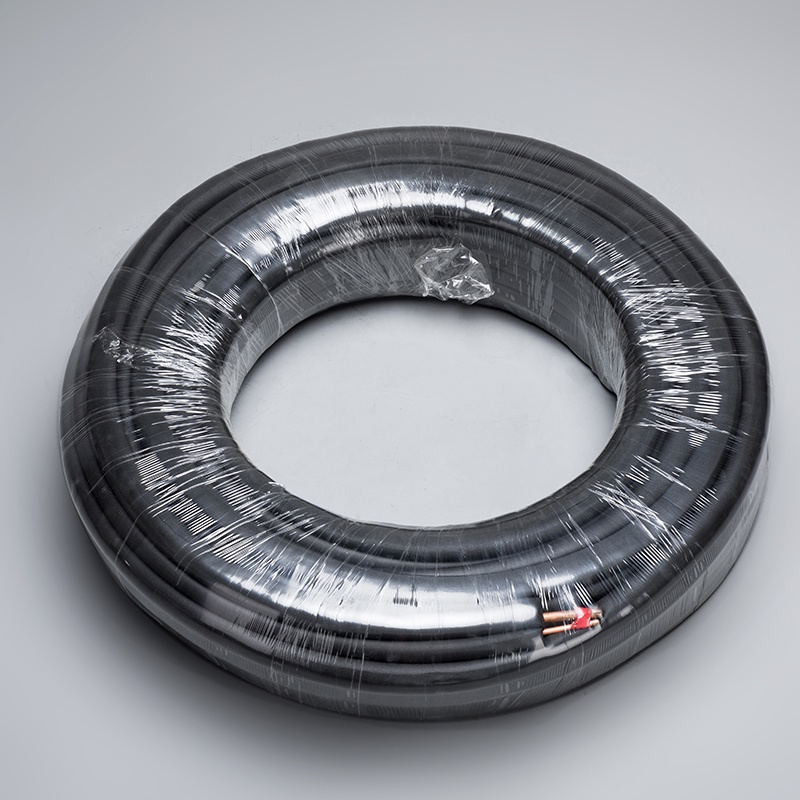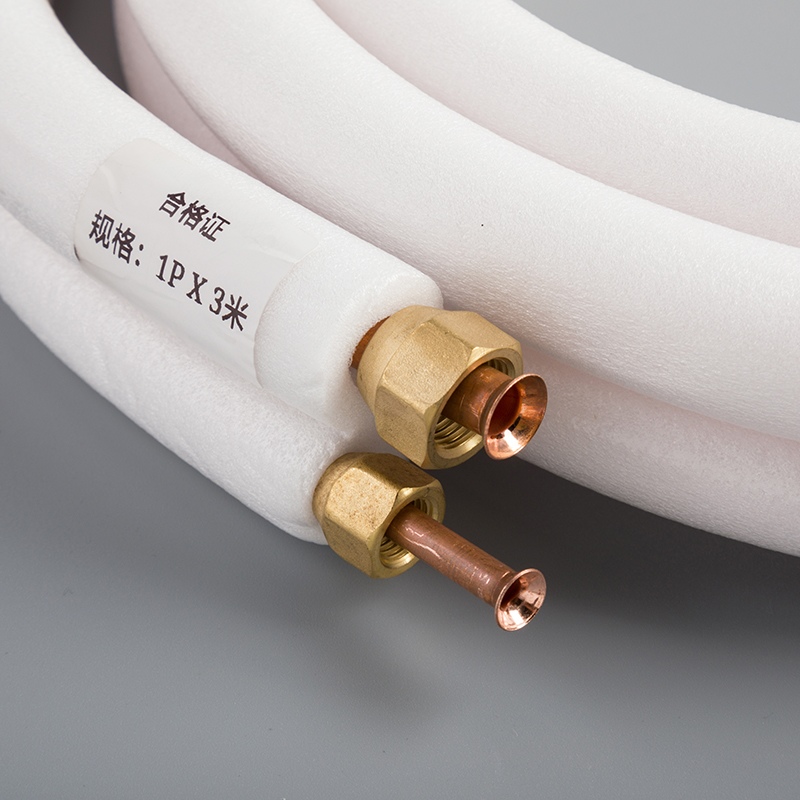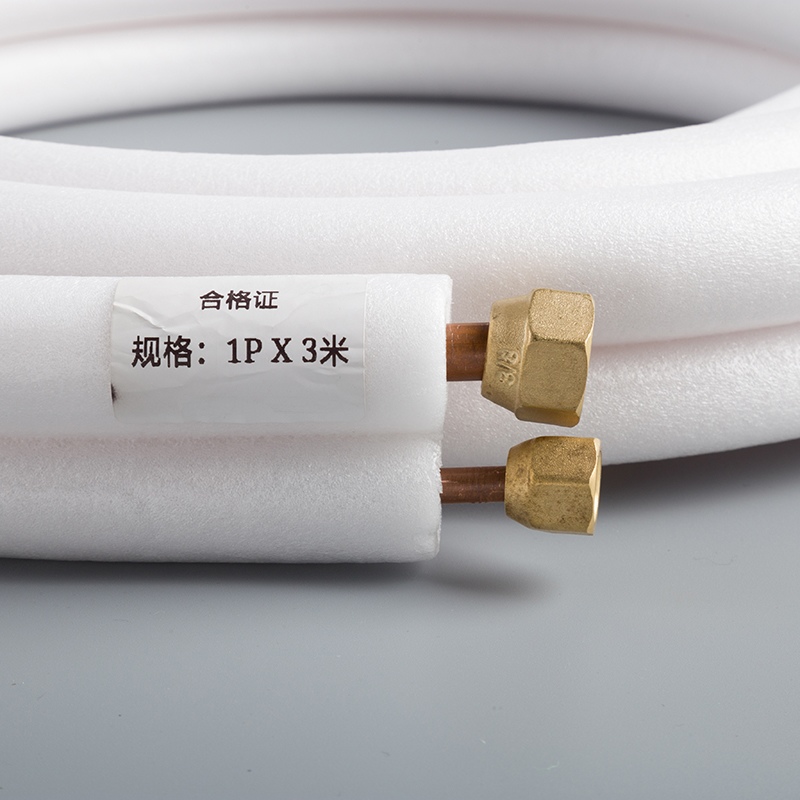Essential Safety Guidelines for Copper Pipe Coil Installations

Safety is paramount when it comes to copper pipe coil installations. Ensuring a secure setup not only guarantees the longevity of the system but also safeguards against potential hazards. In this blog, we will delve into crucial safety guidelines for installing 1/4 3/8 twin copper pipe coils in residential settings. From understanding how to examine the safety regulations related to the installation of 1/4 3/8 twin copper pipe coils in residential buildings to best practices and maintenance tips, we aim to equip you with the knowledge needed to carry out installations effectively and securely.
Understanding Safety Regulations
When it comes to the installation of 1/4 3/8 twin copper pipe coils in residential buildings, it is crucial to examine the safety regulations related to the installation. Local authorities provide specific guidelines that must be followed diligently. These guidelines are designed to ensure the safety and integrity of the installation process. Additionally, national safety standards outline the best practices and requirements for a secure setup.
Compliance with these regulations is of utmost importance. Failure to adhere to the prescribed guidelines can have severe legal implications. It is essential for all individuals involved in the installation process to understand and follow these regulations meticulously. By complying with safety standards, not only are legal consequences avoided, but there are also significant safety benefits that come with a properly installed system.
According to Pete Chaney, Chair of the ANSI/ASSP A10.35 subcommittee, incorrect pressure testing during installations can lead to fatalities, severe injuries, and property damage. Safety professionals, employers, pipefitters, plumbers, and mechanical service technicians need to be aware of potential hazards and safe work practices. Ensuring compliance with safety regulations is key to preventing accidents and maintaining a secure environment for residents.
Installation Best Practices

When it comes to choosing the right copper pipe coils, it is essential to consider factors such as durability, quality, and compatibility with the existing system. Opting for high-quality copper pipe coils ensures longevity and reliability in your residential setup. By selecting coils that meet industry standards and specifications, you can mitigate potential risks associated with substandard materials.
Ensuring proper installation procedures is crucial for the efficiency and safety of your copper pipe coil system. Following a step-by-step guide provided by experts in the field can help you navigate through the installation process seamlessly. Additionally, being aware of common mistakes to avoid during installation can prevent costly errors and ensure optimal performance of your system.
Maintaining safety separation distances is paramount when installing 1/4 3/8 twin copper pipe coils in residential buildings. Understanding the importance of separation between components within the system can prevent interference and potential hazards. It is recommended to adhere to specific recommended distances outlined by safety regulations to guarantee a secure installation.
Incorporating these best practices into your copper pipe coil installation not only enhances the overall performance but also contributes to a safer living environment for residents. By prioritizing material selection, following proper installation procedures, and maintaining safety separation distances, you can achieve a reliable and durable copper piping system in your home.
Maintenance and Care

Regular inspections
Regular visual inspections are essential to ensure the longevity and efficiency of your copper pipe coil system. By actively checking for signs of wear and tear, you can address any potential issues promptly. This proactive approach not only prevents future problems but also extends the lifespan of your plumbing system.
Identifying wear and tear
During inspections, focus on identifying any leaks or damage to the copper pipe coils. Look out for any verdigris residue, which can indicate corrosion or deterioration. By detecting these issues early on, you can take the necessary steps to rectify them before they escalate into more significant problems.
Preventive measures
Implement preventive measures based on your inspection findings. Address any identified leaks promptly and ensure that joints are clean when joining pipes. By taking proactive steps to maintain your copper pipe coils, you can prevent costly repairs and disruptions in the future.
Maintenance tips
Maintaining your copper pipe coils involves regular cleaning and upkeep to ensure optimal performance and durability. By keeping the coils free from debris and buildup, you can prevent blockages and maintain a smooth flow of water throughout your system.
Cleaning and upkeep
Regularly clean the coils using appropriate cleaning solutions to remove any dirt or contaminants. Ensure that the coils are free from obstructions to maintain efficient water flow. Additionally, inspect the coils for any signs of damage during cleaning sessions.
Handling repairs
In case repairs are needed, address them promptly to prevent further damage to your copper pipe coil system. Whether it's fixing a leak or replacing a damaged section, timely repairs are crucial in maintaining the integrity of your plumbing setup.
Storage guidelines
Proper storage conditions play a vital role in preserving the quality of unused copper pipe coils. By following specific guidelines for storage, you can prevent damage and ensure that the coils remain in optimal condition until they are ready for installation.
Proper storage conditions
Store unused copper pipe coils in a dry and well-ventilated area away from direct sunlight or moisture. Avoid exposing the coils to extreme temperatures or corrosive substances that could compromise their quality.
Avoiding damage
Handle stored copper pipe coils with care to avoid dents or scratches that may impact their performance during installation. By storing the coils properly and preventing physical damage, you can guarantee their effectiveness when incorporated into your plumbing system.
To ensure safe installations of copper pipe coils, it is crucial to recap the essential safety guidelines.
Emphasize the importance of following regulations diligently to prevent potential hazards.
Final thoughts: Prioritizing safety training and compliance with standards will protect workers from pressure testing hazards.
By adhering to these guidelines and regulations, individuals can contribute to creating a secure environment during the installation process. Remember, safety is paramount in every step of the way!
See Also
Effortless Solutions for Copper Pipe Coil Issues
The Definitive Manual for Purchasing Copper Pipe Coils
The Complete Handbook for Buying Copper Pipe Coils


